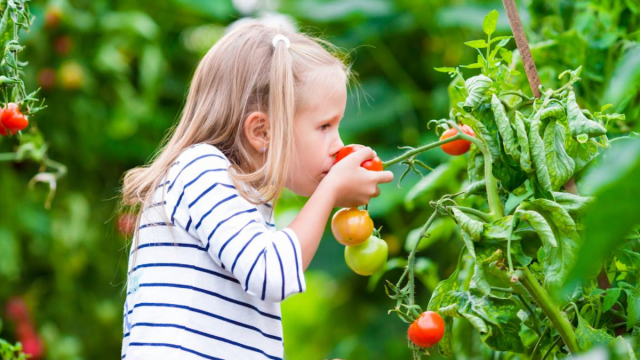Winter, with its frosty mornings and chilly winds, is not the ideal time for gardening. Imagine harvesting crisp carrots and parsnips from your backyard, even as snowflakes dance around you.
But what if I told you that it’s the perfect season for cozying up to the idea of nurturing a garden filled with hearty greens, vibrant fruits, and, yes, even white root vegetables?
In this guide, we’ll dive into the ins and outs of winter gardening, proving that with the right tips and tricks, you can enjoy a bountiful harvest, even in the colder months.
Understanding Cold Climate Gardening
Contents
What is cold climate gardening?
Have you ever looked out at a snowy landscape and thought, “Nothing could possibly grow here!”? Cold climate gardening is the daring act of proving that thought wrong. It’s about understanding and leveraging the unique properties of the colder months to grow edible wonders.
The benefits of winter gardening
Imagine biting into a crunchy carrot or savoring a juicy berry in the middle of winter. Not only do you get fresh produce, but winter gardening also offers therapeutic activity during those chilly months. Plus, it’s an excellent way to defy Mother Nature (in a friendly way).
Selecting the Right Plants
Hardy vegetables for cold seasons
While tomatoes and bell peppers might shy away from the cold, vegetables like broccoli, Brussels sprouts, and kale embrace it. The cold can even sweeten some veggies, turning them into delicious treats straight from the ground.
Winter fruits worth your effort
Think winter, and fruits might not be the first thing to pop into your mind. But with fruits like kiwifruits and certain varieties of strawberries, winter fruit gardening can be a delectable reality!
Prepping Your Garden for the Cold
Soil enrichment
Cold doesn’t mean dead. It means slow. Preparing your soil with compost and organic matter can give your plants the slow-release nutrition they need during winter.
Using mulch effectively
Ever put on an extra layer to keep warm? Mulch does the same for your plants. It acts as a protective blanket, retaining moisture and preventing frost penetration.
Frost protection methods
Cloches, row covers, and cold frames are your plant’s winter jackets. These tools can shield your precious greens from harsh winter winds and frosty nights.
Essential Winter Gardening Tips
Watering in the cold
Yes, plants still get thirsty in the winter. But they drink slow, so avoid overwatering. And always water during the day when it’s least likely to freeze.
Dealing with pests
Cold doesn’t mean pest-free. Slugs, aphids, and others might still crash your garden party. Natural remedies like diatomaceous earth or neem oil can be lifesavers.
Giving plants the right light
Using grow lights
When the sun decides to play hide-and-seek during winter, grow lights can step in. They mimic sunlight, ensuring your plants don’t feel left in the dark.
Maximizing natural sunlight
Positioning your garden to get the most of the low winter sun can make all the difference. Consider raised beds or vertical gardening to catch those elusive rays.
Harvesting and Enjoying
When to harvest
Your winter veggies and fruits will tell you when they’re ready. Look for rich colors firm textures, and trust your taste buds!
Cooking with winter produce
Nothing beats a warm soup or stew made with veggies you’ve grown. Enjoy the fruits of your labor (pun intended) in delicious winter dishes.
Conclusion
Gardening in the cold isn’t just a challenge; it’s a delightful adventure filled with amazing winter treats at every turn. With the right knowledge and a sprinkle of dedication, your winter garden, teeming with hearty vegetables and sweet fruits, can rival any summer bounty.


